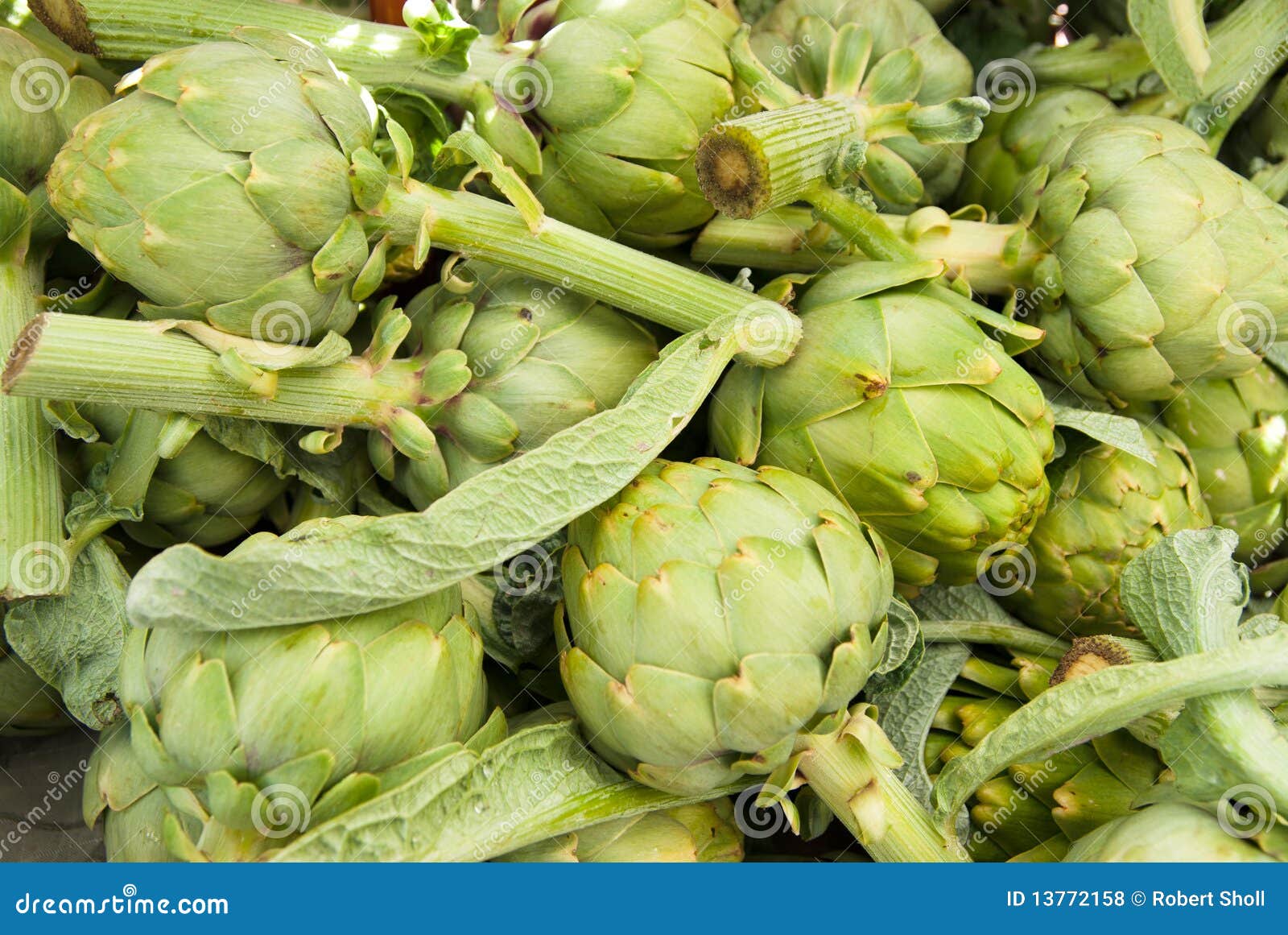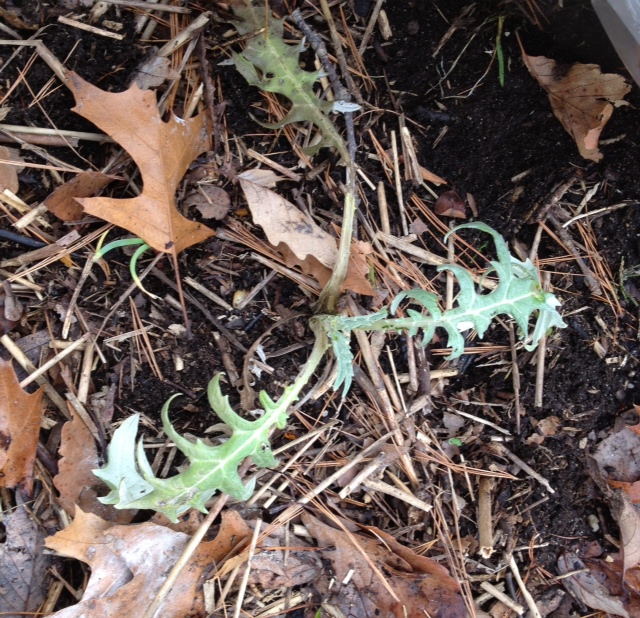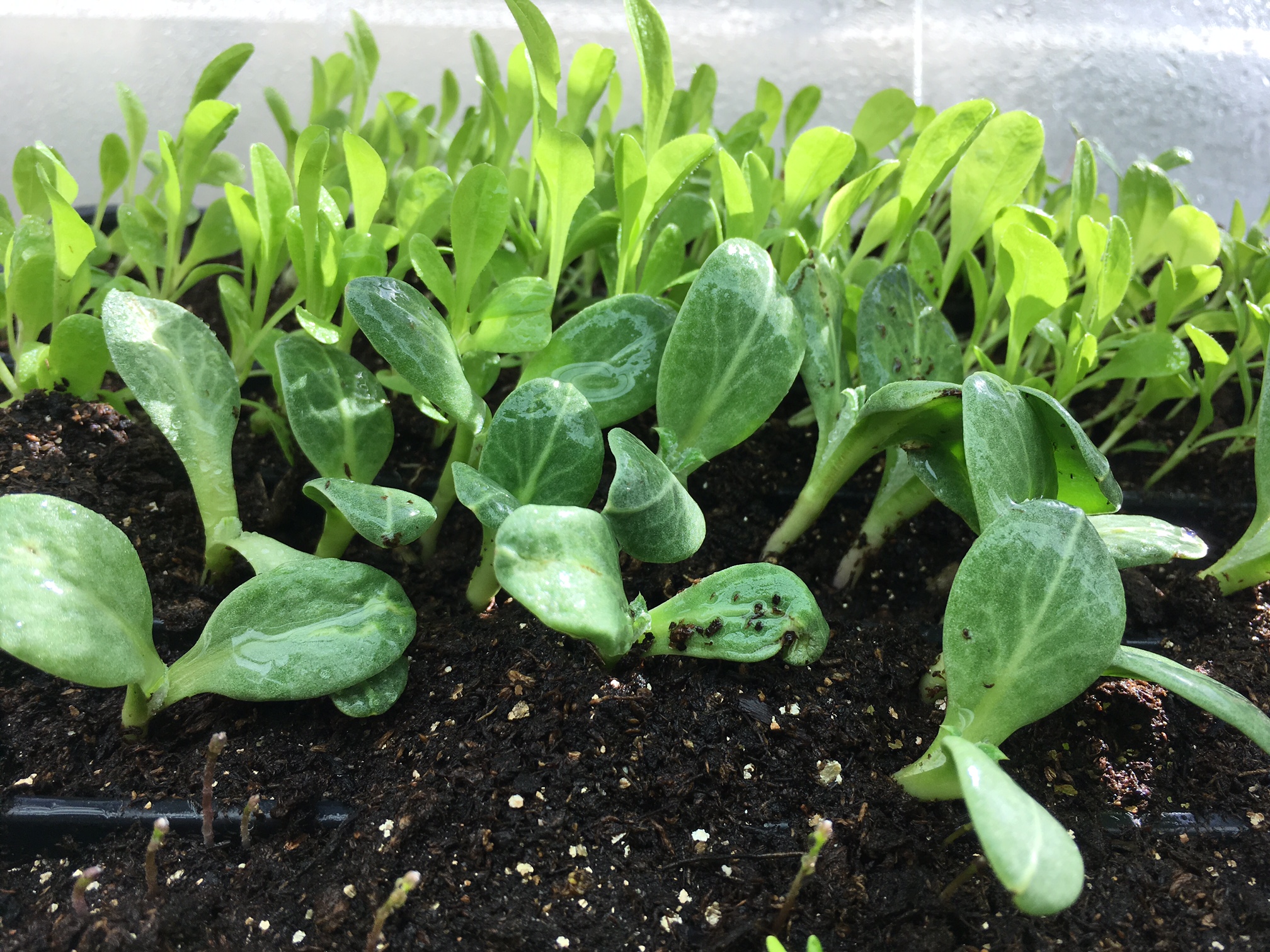
Once you know which nutrients your soil is lacking, you can select the appropriate fertilizer and apply it according to the manufacturer’s directions. A simple soil test kit can be purchased at most garden stores, or you can send a sample of your soil to a testing laboratory.įollow the instructions carefully and be sure to take accurate readings in order to get the most accurate results. Too much fertilizer can lead to leaf burn, stunted growth, and even death. Testing is also important because artichokes are sensitive to over-fertilization. This will help you determine which nutrients are lacking and how much fertilizer to apply. One of the most important things you can do for your artichokes is to test the soil before fertilizing. Test the Soil Before FertilizingĪrtichokes are a relatively low-maintenance crop, but they do need some basic care in order to produce a bountiful harvest. Once the plants are established, they will need to be fertilized every four weeks.Ī well-balanced liquid fertilizer will provide the nutrients they need to produce bountiful harvests of tasty artichokes. Phosphorus and potassium, on the other hand, should be applied before planting. You can apply fertilizer to these perennials when they are still transplants, before they have produced green globe flower buds. Nitrogen is essential for healthy growth, so it should be applied during the vegetative stage. When to FertilizeĪrtichokes are a hardy and tasty addition to any garden, but they do require some special care when it comes to fertilizing. From the best time of year to plant them to the type of fertilizer that works best, we have you covered. This guide will teach you everything you need to know about fertilizing artichokes. The Ultimate Guide to Fertilizing Artichokes It is also known as the sunflower artichoke. The Jerusalem artichoke, on the other hand, is native to North America and has a yellow flower. It has a round, green head with purple flowers. The globe artichoke is the more common type and is grown in temperate climates.

The two main types of artichoke plants are the globe artichoke and the Jerusalem artichoke. They are often used as a garnish or as an ingredient in salads and other dishes.

When the artichoke head is cooked, the bracts can be pulled away to reveal the edible fleshy base, known as the “heart.”Īrtichokes are a popular food in many parts of the world, and they can be served steamed, boiled, or grilled. The edible portion of the plant is actually the immature flower head, which is surrounded by smaller, inedible bracts. The plant grows to a height of between three and five feet, and its leaves are large and spiny. The artichoke is a member of the thistle family, which also includes cardoons and sunflowers.

And no, you don’t have to rely on store bought fertilizers, either. It’s not optional! These plants need lots of nutrients. One of the biggest things I learned about growing artichokes is that fertilizing is essential. I’m REALLY hoping they survive, and actually produce some healthy heads of artichoke. Globe Artichokes generally don’t grow well in this area. I’ve been curious to see how they do through the cold months. The two on the left are looking SO good!! Even through the winter, so far, they are alive and well. The two on the right I did not fertilize. The two on the left I fertilized with several clumps of old chicken manure from our coop, and mulched with hay from our goat’s barn. Notice the huge difference in size between the two plants on the left, and the two on the right? If you remember, I started these artichoke plants indoors from seed last Spring (2011), and transplanted them outdoors to a spot in my yard that gets good morning sun, but is shaded in the late afternoon.


 0 kommentar(er)
0 kommentar(er)
